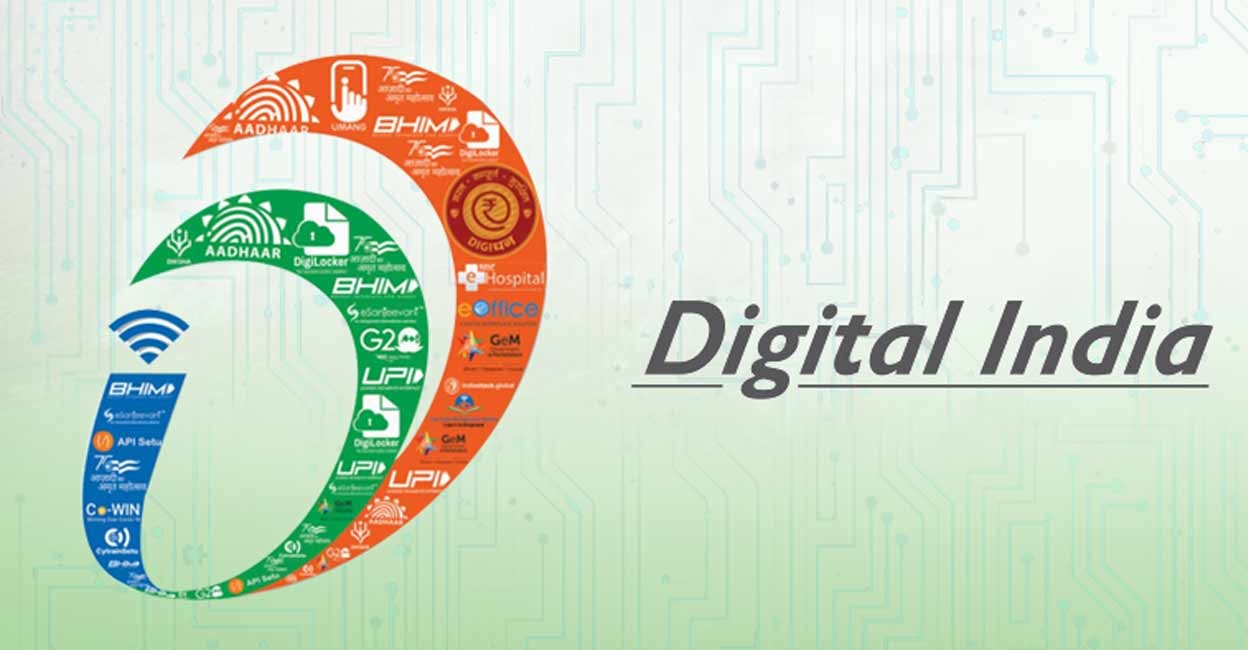Decoding the UPSC Ancient History Syllabus
Master the UPSC Ancient History syllabus for Prelims, Mains, and Optional. Learn key topics, sources, and strategy for effective preparation.
For every UPSC aspirant, Ancient Indian History is a foundational subject that often feels deceptively familiar but requires focused study. Whether you’re preparing for the Prelims, Mains, or Optional paper, a clear understanding of the UPSC Ancient History syllabus is essential. Unlike modern history, which is event-driven, ancient history is more thematic. It explores early Indian civilization, socio-religious evolution, polity, economy, and cultural development. Hence, decoding the ancient history syllabus UPSC expects you to master is the first step toward building a coherent preparation strategy.

Ancient History in UPSC Prelims: What to Expect?
Although the UPSC Prelims syllabus simply states “History of India and Indian National Movement,” a significant portion of factual questions originates from Ancient Indian History. The ancient history for UPSC Prelims includes topics like:
- Prehistoric cultures and archaeological findings
- Indus Valley Civilization and its urban features
- Vedic Age: early and later Vedic societies
- Rise of Jainism and Buddhism
- Mahajanapadas and the Age of the Mauryas
- Post-Mauryan regional kingdoms like Satavahanas, Kushanas, Guptas
- Sangam age and early South Indian kingdoms
- Art and architecture, coinage, inscriptions, and early literature
These themes are largely factual, making them suitable for multiple-choice questions. Most aspirants rely on Old NCERT by RS Sharma and Tamil Nadu State Board Class 11 history textbooks to gain a strong factual base. The “ancient history of India by RS Sharma” is often referred to due to its clarity and concise narrative style. For last-minute revision, chronological summaries and culture-based compilations can be helpful.
Ancient History in UPSC Mains – GS Paper I
In the Mains examination, General Studies Paper I explicitly mentions Indian culture, including art forms, literature, and architecture from ancient to modern times. This implies a thematic and analytical approach rather than rote learning. The ancient history for UPSC syllabus in Mains thus expands to include:
- Religious movements like Buddhism, Jainism, and Ajivikas
- Evolution of social systems and varna
- Cultural contributions of Mauryas, Guptas, and southern dynasties
- Development of literature in Sanskrit, Pali, Prakrit, and Tamil
- Temples, stupas, cave architecture, and sculpture
- Science and technology in ancient India
Here, the “History of Ancient India” by Upinder Singh becomes valuable for its academic rigor and use of archaeological sources. It introduces aspirants to debates and interdisciplinary analysis, making it ideal for well-structured Mains answers. Unlike RS Sharma, which is more narrative and factual, Upinder Singh’s book encourages a critical understanding of early Indian history with a greater focus on sources and historiography.
Ancient History in Optional Paper I
For those choosing History as an Optional subject, Paper I covers Ancient and Medieval India in detail. The ancient history syllabus UPSC optional includes:
- Sources: literary, archaeological, numismatic, epigraphic
- Prehistoric and protohistoric cultures
- Harappan Civilization: town planning, economy, and script
- Vedic literature and society
- Rise of territorial states and heterodox sects
- Mauryan polity and economy
- Sangam literature and South Indian kingdoms
- Post-Mauryan India: Indo-Greeks, Kushanas, Shakas
- Gupta Age and post-Gupta regional powers
- Indian feudalism, trade networks, guilds, and urban centers
Aspirants need to evaluate sources, explain historiographical positions, and offer critical comparisons. For this, RS Sharma’s “India’s Ancient Past”, R.S. Tripathi, and select readings from Upinder Singh and Romila Thapar are highly recommended. Aspirants must develop the ability to write structured answers with evidence and clarity—something only possible with deep understanding of the themes.
How to Strategically Approach Ancient History Preparation
Given the overlap of content across Prelims, Mains, and Optional, a smart strategy is to classify the topics into polity, economy, society, culture, and religion. Start with the Old and New NCERTs to develop conceptual clarity. Supplement with advanced sources like RS Sharma for Prelims and Upinder Singh for Mains. Thematic notes should be made for each section with dates, places, rulers, and unique contributions.
Use PYQs (Previous Year Questions) as a lens to identify which subtopics are frequently asked and understand how UPSC frames its questions. Creating interlinkages between political developments and cultural trends helps in structuring better answers. Additionally, practicing map-based questions and visuals for Prelims is essential, especially regarding the location of archaeological sites and trade routes.
What Makes Ancient History Challenging and Scoring?
Ancient history may appear dry at first, but it offers immense scope for scoring once the basics are in place. Unlike modern history, which requires memorizing event-based timelines, ancient history rewards those who grasp the continuity and change in Indian civilization over centuries. The subject also has high utility in Art & Culture, Ethics (cultural values), and Essay Paper. However, lack of contemporary examples and visual imagination can make it abstract. The solution is to use charts, comparative tables, and pictorial memory techniques.
Conclusion
The ancient history syllabus for UPSC is broader than it appears at first glance. Covering it effectively requires a balanced use of factual precision for Prelims and analytical writing for Mains and Optional. NCERTs serve as the base, while books like “Ancient History of India by RS Sharma” and “History of Ancient India by Upinder Singh” offer layered understanding. Whether your goal is to clear Prelims confidently or write enriched answers in Mains, decoding the syllabus and planning accordingly can offer you a distinct advantage in your UPSC journey.
Subscribe to our Youtube Channel for more Valuable Content – TheStudyias
Download the App to Subscribe to our Courses – Thestudyias
The Source’s Authority and Ownership of the Article is Claimed By THE STUDY IAS BY MANIKANT SINGH





